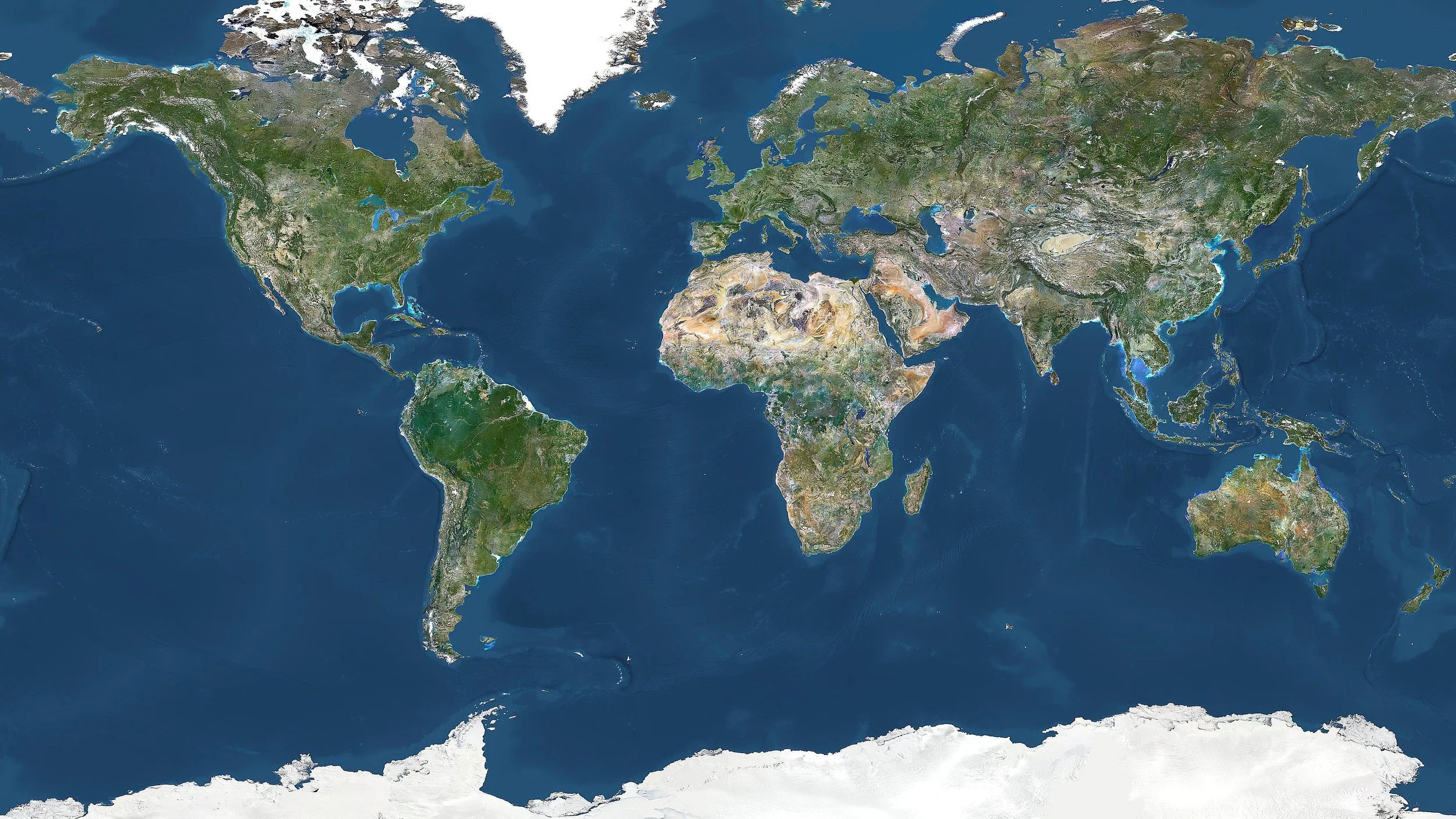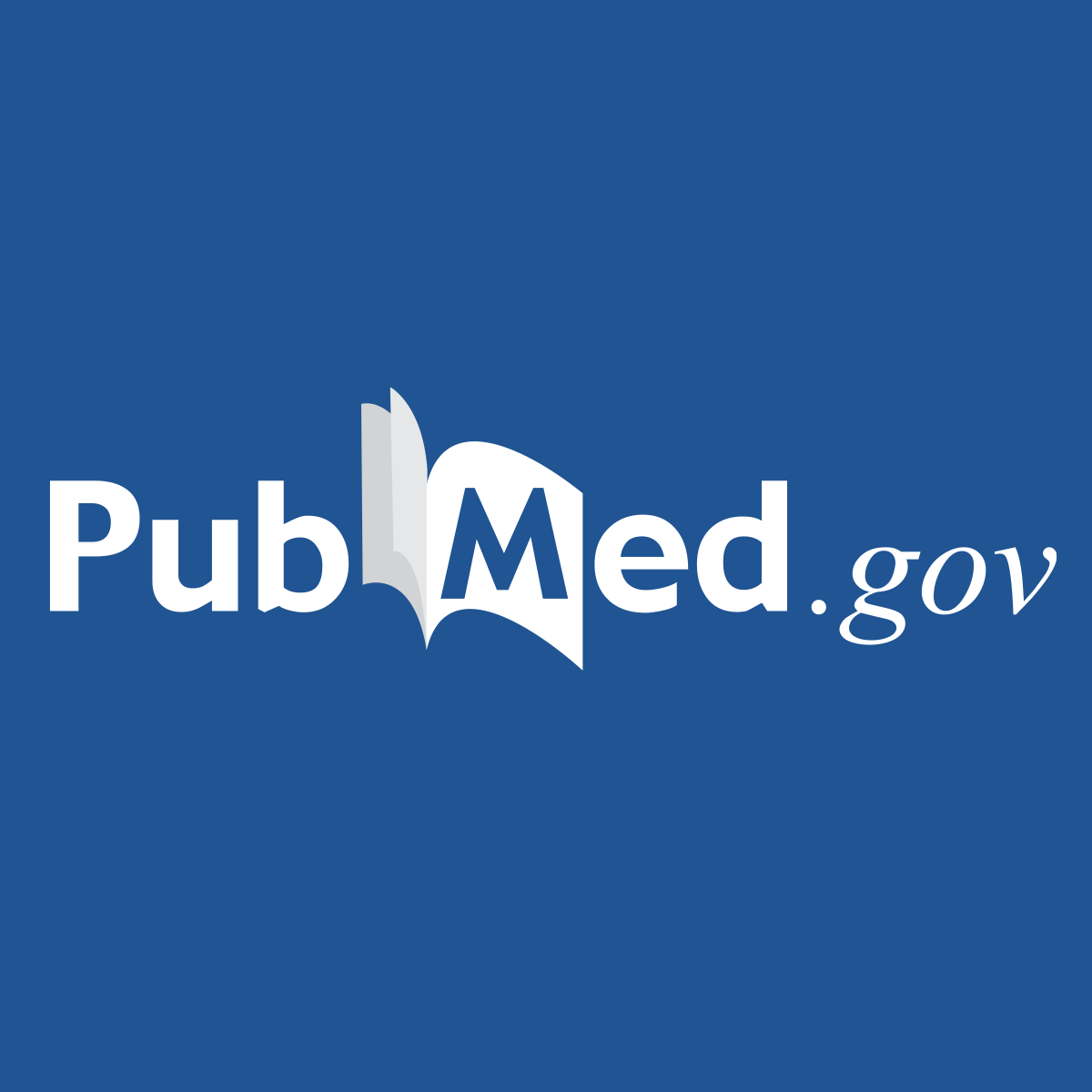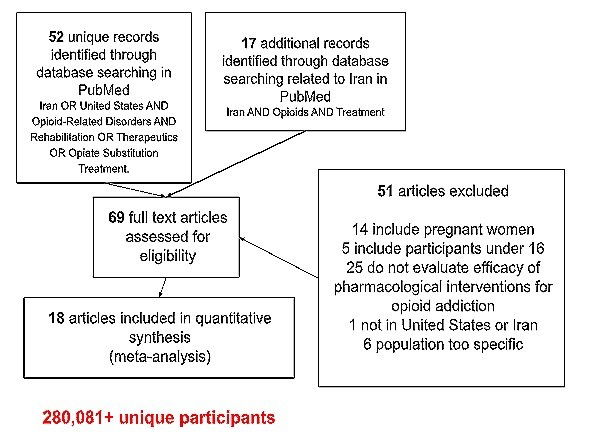The Goal: Evaluate Addiction Treatment
40-50% of addicts relapse, we wanted to know why
My team was tasked with conducting a systematic review in order to organize and analyze crucial research regarding global mental health. We wanted to look at a cross-cultural issue and evaluate the differences we noticed. We chose the opioid crisis and two places with some of the highest overdose deaths and differing treatment approaches: Iran and the United States.
What We Did
1: Pick a Topic
Psych 448, Global Mental Health, stayed true to its name in content and approach. My teacher, Megan Ramaiya, focused her research on suicide prevention in Nepal. Her experience in cross-cultural diagnostic adaptation changed the way I interact with people, it was truly that eye-opening. If you would like to hear more about this class, head to my Classes page.
As a group, we agreed that one of the biggest issues in global mental health was (and still is) the opioid crisis. Personal experiences, news articles, and hope for positive results fueled our decision to research this topic.
2: Narrow It Down
Researching the opioid crisis and its global implications would require hundreds of hours, dollars, and people. A quick search showed us the countries with the most opioid overdose deaths in the past 10 years. From this list, we chose the USA and Iran in an effort to write about what we knew and incorporate the cross-cultural lessons from the class.
We also chose to look into a specific area of the opioid crisis: treatment. We ultimately decided to compare opioid addiction treatment efficacy in the United States and Iran.
My team was tasked with narrowing down our participants by defining Inclusion and Exclusion criteria. These are things an article must have to be included in our study, and things it must not have. For example, we did not look at any studies that included pregnant women, or anyone younger than 18.
3: Find Articles
One of my favorite things about attending university is access to otherwise expensive databases. For this project, we utilized Pubmed and Psychinfo. Our MeSH search was long, and multiple searches were required to specify our results. We ended up with 69 articles to sift through, include or exclude based on criteria, and organize in a spreadsheet. In the end, we had 18 articles and over 280,081 participants’ data.
4: Read and Code
Then came the bulk of the work, reading the articles. Scholarly articles are dense and require thorough reading for a systematic review. Within our spreadsheet, we marked things like type of opioid, type of treatment, age, location, efficacy, and how efficacy was measured.
This was then turned into a CSV, and I used R to quickly pull key information about frequency, efficacy, and metadata about the types of articles we used.
5: Write it Up
In the end, we found that the efficacy rates of treatments were very similar. Both countries utilized pharmacological treatments, the most popular of which was methadone which was very effective in preventing relapse and overdose-related deaths. One key difference was the use of holistic approaches. Iran utilized far more combination approaches or a mix of pharmacological and mindfulness treatments, which were often found equally as effective as solely pharmacological treatments. These studies more often mentioned the stigma surrounding treatment and addressed socioeconomic and cultural barriers to recovery.
Learn more:
For more information on this topic, view the WHO, The Commonwealth Fund, or read the systematic review we wrote.
Most Common Medicines Used by Number of Studies









